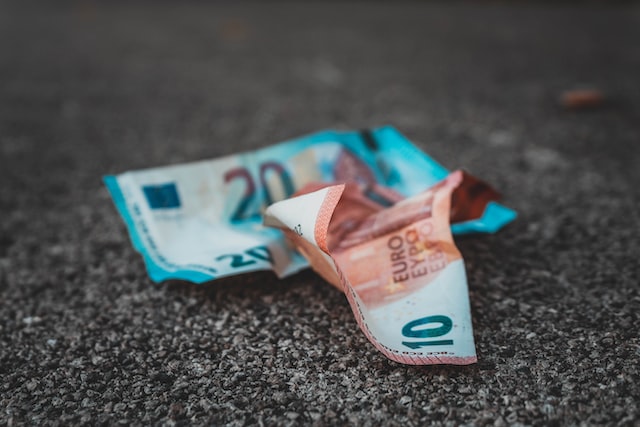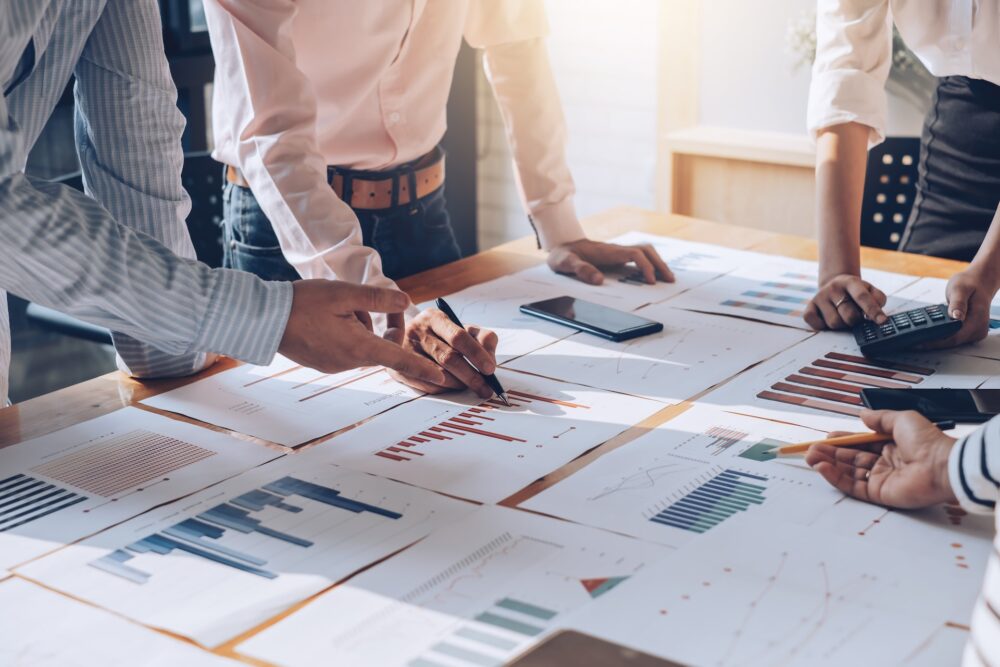The business cycle is the cycle of short-term cyclical changes in the level of economic activity. These cycles include periods of recession, expansion and recovery. A recession is characterized by a drop in output and an increase in unemployment, while expansion is a period of growth. During the expansion, inflation tends to rise and unemployment tends to fall.
During a period of high unemployment, the Federal Reserve cuts interest rates. This lowers the cost of borrowing for businesses, thus boosting aggregate demand. Consequently, firms hire more workers to increase output and reduce the rate of unemployment. However, higher employment can also cause an increase in inflation, since employers are able to hire workers for less.

According to Phillips, there is a strong correlation between inflation and unemployment. For instance, a 1% decrease in unemployment will result in an increase in the inflation rate of about 0.3. Similarly, a 2% decline in unemployment will lead to a 2% increase in the consumer price index.
But the relationship between inflation and unemployment is complicated. Economists have developed many theories on the relationship between these two key economic indicators. One theory predicts that workers adjust their wage demands accordingly to the change in the unemployment rate. While this may be true in the short run, it would be a false assumption to assume that higher inflation leads to a lower rate of unemployment.
Another theory suggests that the relationship between unemployment and inflation is unrelated in the long run. This hypothesis, called the natural rate hypothesis, proposes that inflation will stay stable when unemployment is at the natural rate. When the economy reaches this equilibrium, the long-run unemployment rate is the same as the overall rate. So, if the unemployment rate is 2%, the natural rate is 2%.
Still, many governments recognize the need for policies to improve the supply side of the economy. They could either adopt a fiscal policy to achieve full employment, or they could adopt an expansionary monetary policy to raise the unemployment rate. If the government chooses an expansionary policy, it will face a dilemma. In order to ensure that it achieves its goal of reducing unemployment, it will need to trade off objectives. That means it must implement a strategy that has both low and high costs.

As a result, it is not clear whether the general relationship between the business cycle and unemployment and inflation is a linear or non-linear one. It is possible that the relationship is an inverse one, which suggests that inflation falls when the unemployment rate falls, and vice versa.
On the other hand, it is possible that inflation increases when the unemployment rate is low and recession is in full swing. And it is possible that the overall correlation between the business cycle and inflation has not declined further in the last 15 years.
While the relationship between the business cycle and unemployment and inflation remains complex, the general trend is that the more inflation, the more unemployment.

